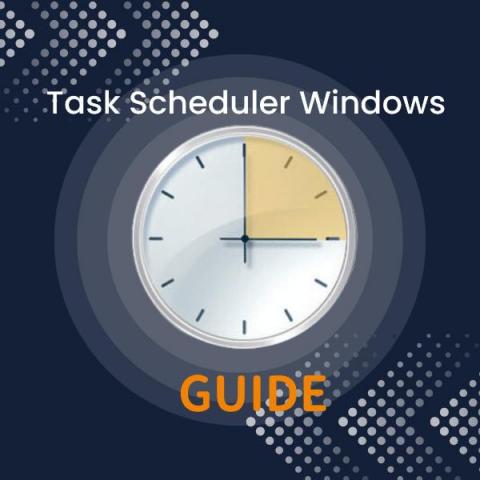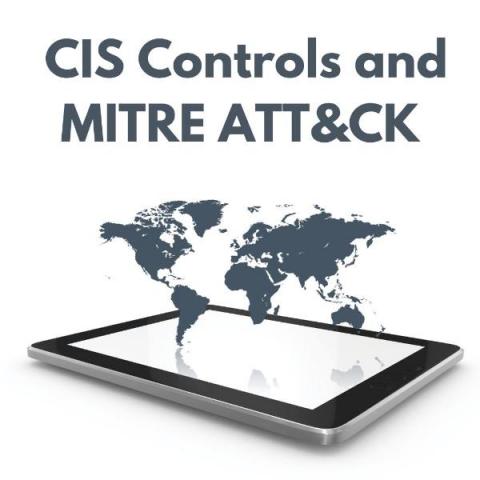Ultimate Guide to Windows Task Scheduler Hardening
Windows Task Scheduler, previously known as Scheduled Tasks, is a powerful job scheduler built into Microsoft Windows. Its primary function is to launch computer programs or scripts at specific times or intervals predetermined by the user. Introduced as System Agent in Microsoft Plus! for Windows 95, Task Scheduler Windows has evolved into a core component of the Windows operating system.









